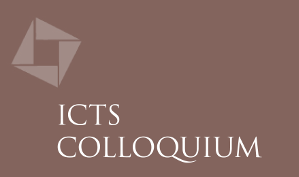Shock waves are discontinuities in high-speed flows that can lead to high pressure and gas temperature. Shock waves can also enhance turbulent mixing and heat transfer. Interaction of homogeneous isotopic turbulence with a normal shock is one of the most fundamental interaction. It has been studied extensively using theoretical analysis and large scale direct numerical simulation (DNS). On the other hand, theoretical tools like linear interaction analysis (LIA) treat the shock as a discontinuity and predict the downstream statistics based on Kovasznay mode decomposition. In our research group, we have used LIA and DNS in a complementary way to investigate turbulence amplification and the enhanced heat transfer at shock waves. The unsteady shock oscillations is found to play an important role and including its effect shows significant improvement in post-shock predictions. Several applications to supersonic and hypersonic shock-boundary layer interaction will be presented.
Colloquium
Speaker
Krishnendu Sinha (Indian Institute of Technology, Bombay)
Date & Time
Mon, 19 November 2018, 15:00 to 16:00
Venue
Emmy Noether Seminar Room, ICTS Campus, Bangalore
Resources
Abstract


